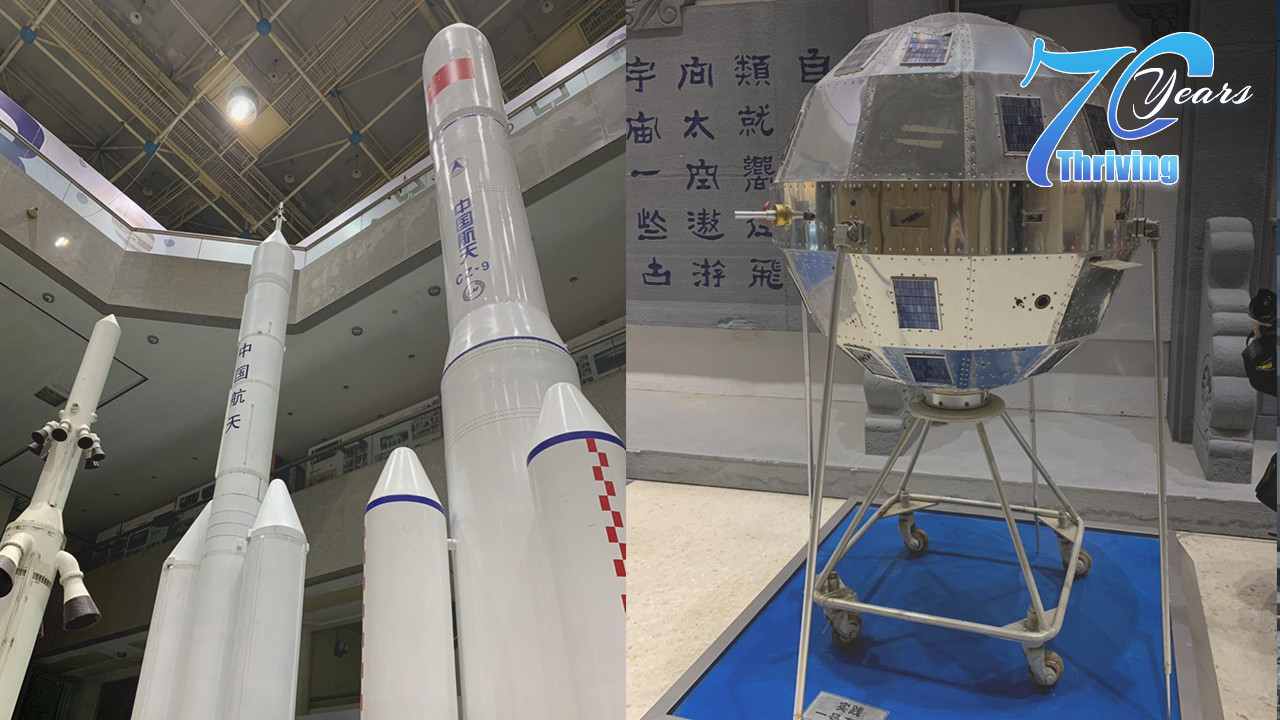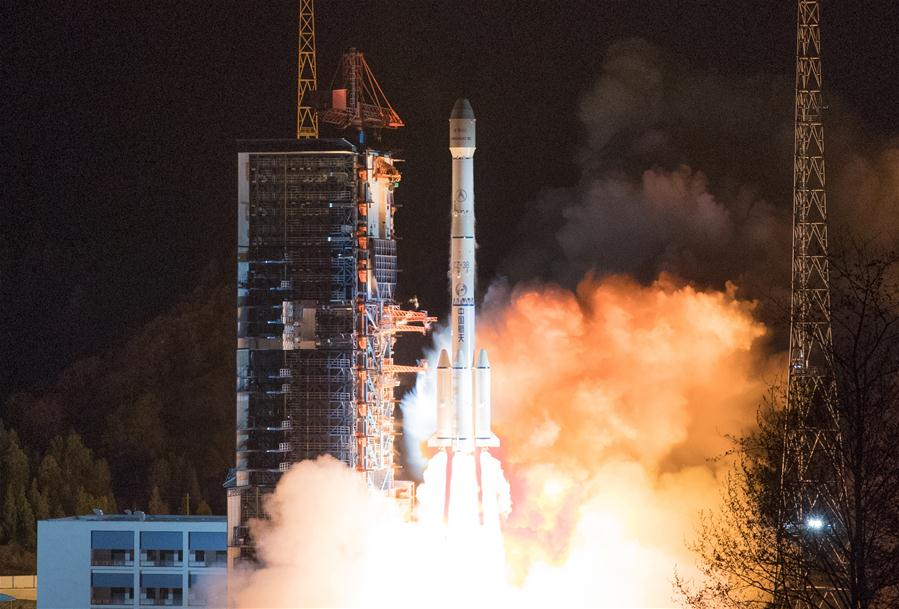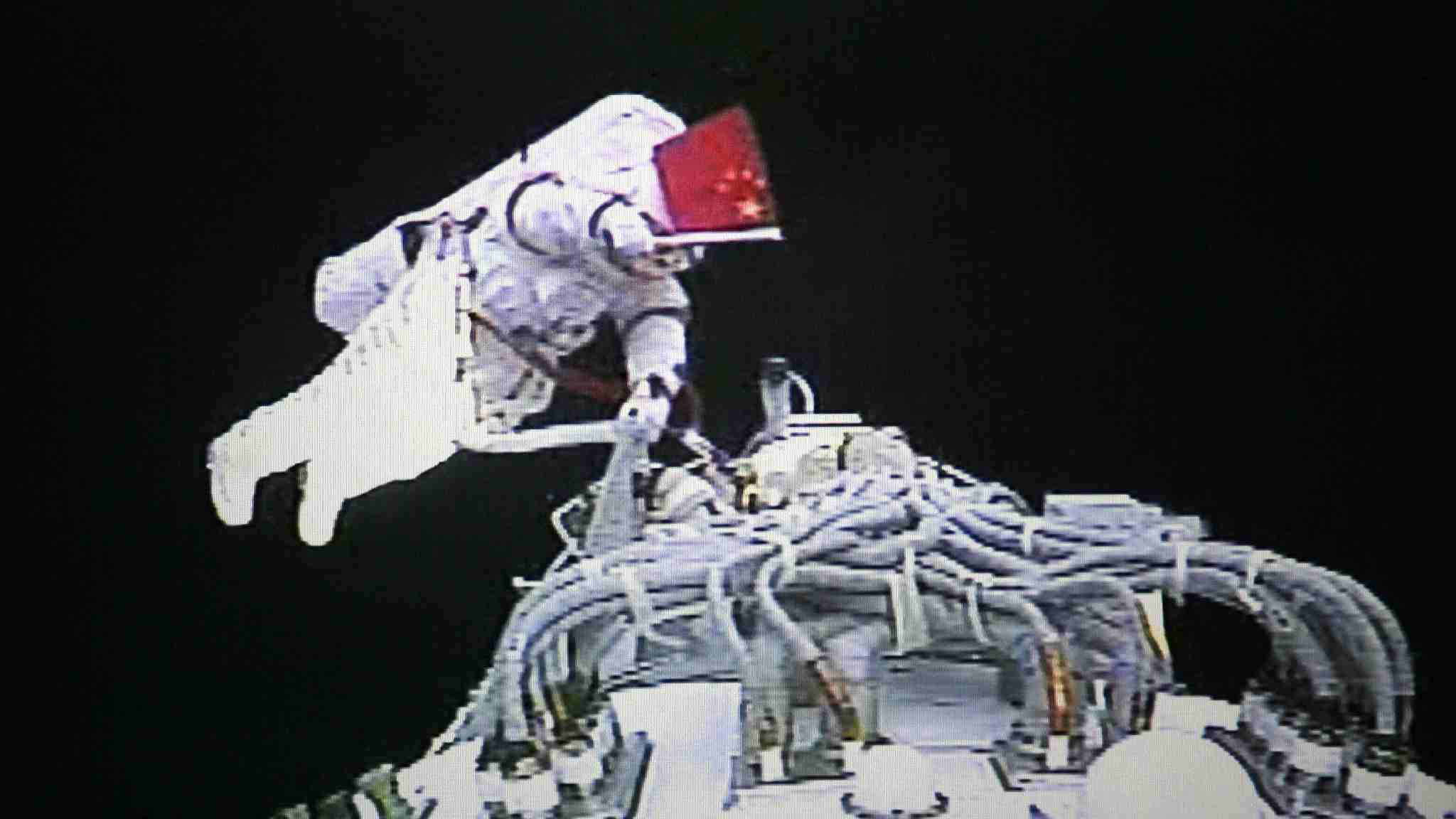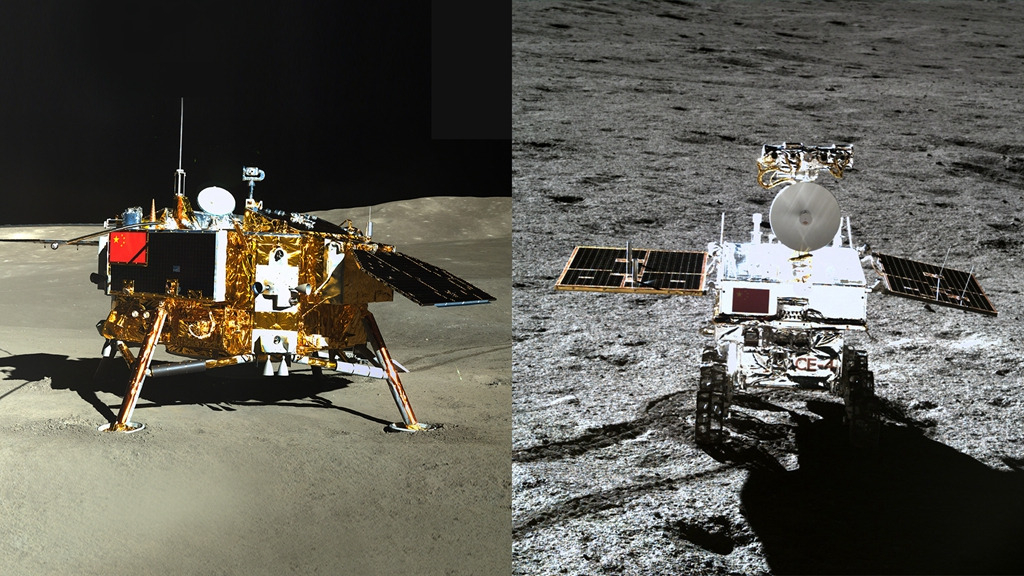
Domestic
11:08, 24-Apr-2019
Space Day of China: What's next?
Updated
14:23, 24-Apr-2019
Li Qian, Pan Zhaoyi
01:24

Wednesday marks China's fourth Space Day, an occasion to remember the country's achievements in its quest to conquer space.
"The development of China's space industry reflects the support of the central leadership. Beyond that, there are thousands of people sparing no efforts in this cause," said Yu Menglun, a rocket scientist who joined China's early missile research.
Yu, also an academician at the Chinese Academy of Sciences, made his remark when recalling the history of China's space exploration.
01:07

Over the years, Chinese space programs made global headlines time and again.
Milestones of Long March rockets
From launching the country's first satellite to lifting the Chang'e-4 lunar probe to outer space, one name has been a mainstay in China's space program: Long March.
China's long list of space exploration successes began on April 24, 1970, when its first carrier rocket, a Long March-1, sent the Dongfanghong I satellite into space.
Half a century later, the country's Long March rocket family has completed exactly 300 missions.

The "ChinaSat 6C" satellite is launched by a Long March-3B carrier rocket from the Xichang Satellite Launch Center in southwest China's Sichuan Province, March 10, 2019. /Xinhua Photo
The "ChinaSat 6C" satellite is launched by a Long March-3B carrier rocket from the Xichang Satellite Launch Center in southwest China's Sichuan Province, March 10, 2019. /Xinhua Photo
As China continues to look beyond the exosphere, the rocket family is bound to grow bigger still. It took 37 years for the Long March rockets to complete the first 100 launches, seven-and-a-half years to complete its second 100 launches, and only about four years to accomplish the final 100, with the average number of launches per year increasing from 2.7 to 13.3 and then to 23.5.
Major Chinese space programs
Manned space missions
It has been 16 years since China sent its first man into space, becoming the third country after the former Soviet Union and the U.S. to manage a manned space mission.

Zhai Zhigang, mission commander of the Shenzhou-7 mission, conducts extravehicular activity outside the spacecraft on September 27, 2008. /VCG Photo
Zhai Zhigang, mission commander of the Shenzhou-7 mission, conducts extravehicular activity outside the spacecraft on September 27, 2008. /VCG Photo
So far, a total of 11 Chinese astronauts have been in space. Eleven spacecraft, two space labs and one cargo ship were successfully launched.
The success of the Tianzhou-1 mission in 2017 brought China closer to its ambition to building a space station, which is expected to become fully operational around 2022.
Lunar exploration
Chinese mythology speaks of Chang'e, the goddess of the Moon. Twelve years ago, the tale was brought to life with a namesake lunar probe. The first stage of the country's lunar expedition was achieved by launching the Chang'e-1 lunar probe in 2007.
At the beginning of 2019, China landed Chang'e-4 on the Moon's oldest and deepest crater, completing the world's first soft landing on the "dark" side of the Earth's only moon. By the end of this year, Chang'e-5 will start its first sample return mission.

The lander of the Chang'e-4 probe (L) and rover Yutu-2 (R) taking pictures of each other. /CNSA Photo
The lander of the Chang'e-4 probe (L) and rover Yutu-2 (R) taking pictures of each other. /CNSA Photo
BeiDou and high-resolution Earth observation systems
Under the Belt and Road Initiative, China's BeiDou system is speeding up its global coverage operations.
This year, China will send 10 satellites to join the BeiDou Navigation Satellite System (BDS) through seven separate launches.
When the system is completed in 2020, it will be the fourth largest global satellite navigation system after the U.S. GPS system, Russia's GLONASS and the European Union's Galileo.
Meanwhile, once the project is completed, China would be able to carry on comprehensive global observation and collect data crucial to various fields.
(Cover image designer: Yu Peng)

SITEMAP
Copyright © 2018 CGTN. Beijing ICP prepared NO.16065310-3
Copyright © 2018 CGTN. Beijing ICP prepared NO.16065310-3